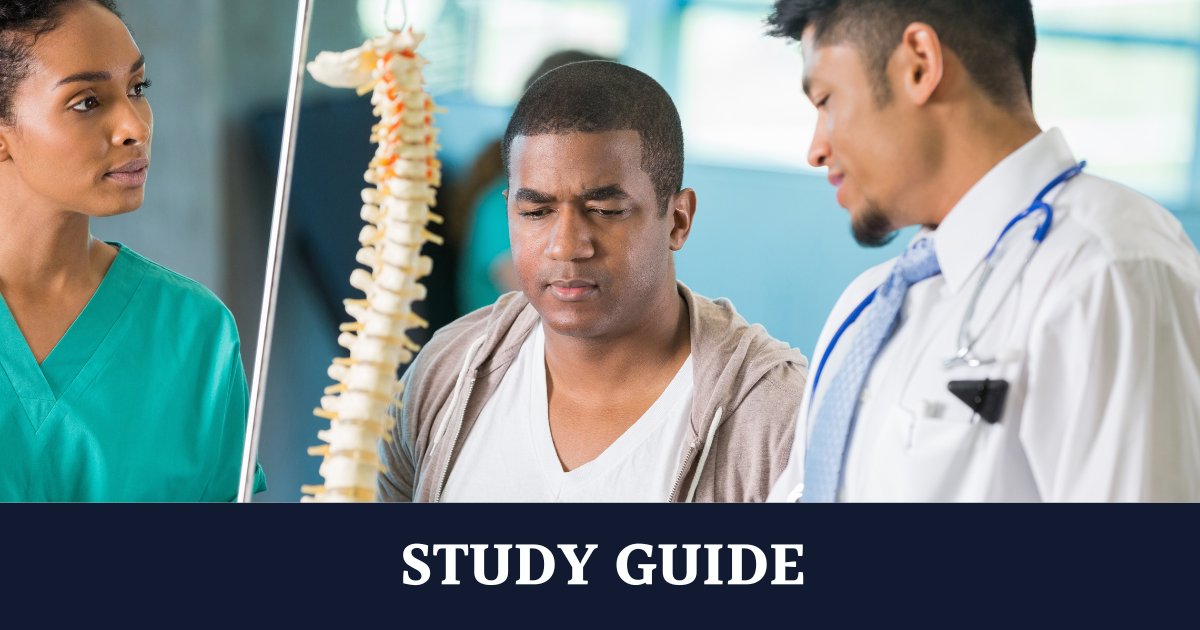50,000 people in the UK live with a spinal injury. The leading cause is falls and spinal cord injuries are most common with people aged between 16 and 30 years old.
How does the spinal cord work?
The spinal cord is the part of the central nervous system that runs in the spinal canal. It is protected by a myelin sheath and then further secured by vertebrae. Vertebrae, stacked on top of each other, make up the spine and protect the spinal cord within. Thirty one pairs of nerves enter and leave the spinal cord – the brain gives commands to the body and brings information back to the brain. The spinal cord, with the help of these nerves, sends commands to the muscles and organs to perform an action – known as a motor function. It also receives information from the body and relays it to the brain (a sensory function).
What happens when you have a spinal cord injury?
An injury to the spinal cord causes temporary or permanent loss of sensation and mobility below the level of the injury. The higher the injury, the bigger the impact on a person’s sensation or movement. It is an extremely serious type of trauma because unlike other parts of the body, the spinal cord does not have the ability to repair itself after getting damaged.
Damage to a person’s spinal cord in the back results in what is known as paraplegia, which affects movement and sensation in a person’s legs. Damage to the cord in the neck results in tetraplegia, which affects the limbs and sometimes and chest and stomach muscles.
Neurorehabilitation following spinal injury
Following a spinal cord injury, recovery, rehabilitation and reintegration can be a long and difficult process. The success of rehabilitation depends on many factors such as type and severity of the injury, level and degree of resulting impairments and disabilities, the availability of good neurological rehabilitation, the overall health of the patient, and the family support available.
The clinically significant phase of recovery begins within a week to six months of injury. The fastest rate of recovery is often seen in the first six months, but some people experience small improvements for one to two years. Many people need assistive devices such as walking frames and wheelchairs to compensate for the loss of mobility.
Rehabilitation therapies work to restore strength, relearn skills or create find new ways to perform daily activities. The goal of neurorehabilitation is to help patients return to the highest level of function and independence possible while improving the overall quality of the physical, emotional, and social aspect of life. People learn self-care skills including activities of daily life including eating, cooking and personal care including bathing and dressing.
Spinal injury expert witness
NRC Medical Experts have expertise in recovery and rehabilitation following a spinal injury. There is a huge variation in the range of impairments an individual may present with following an injury – such as movement, sensation, mental health issues, bladder, bowel and sexual function. A medical expert witness is well-placed to understand how the injury has impacted a person’s life and the potential for their recovery.
Looking for a spinal injury expert in the UK?
Instruct a spinal injury expert today. NRC Medical Experts provide high-quality court reports and expert witness testimony.

